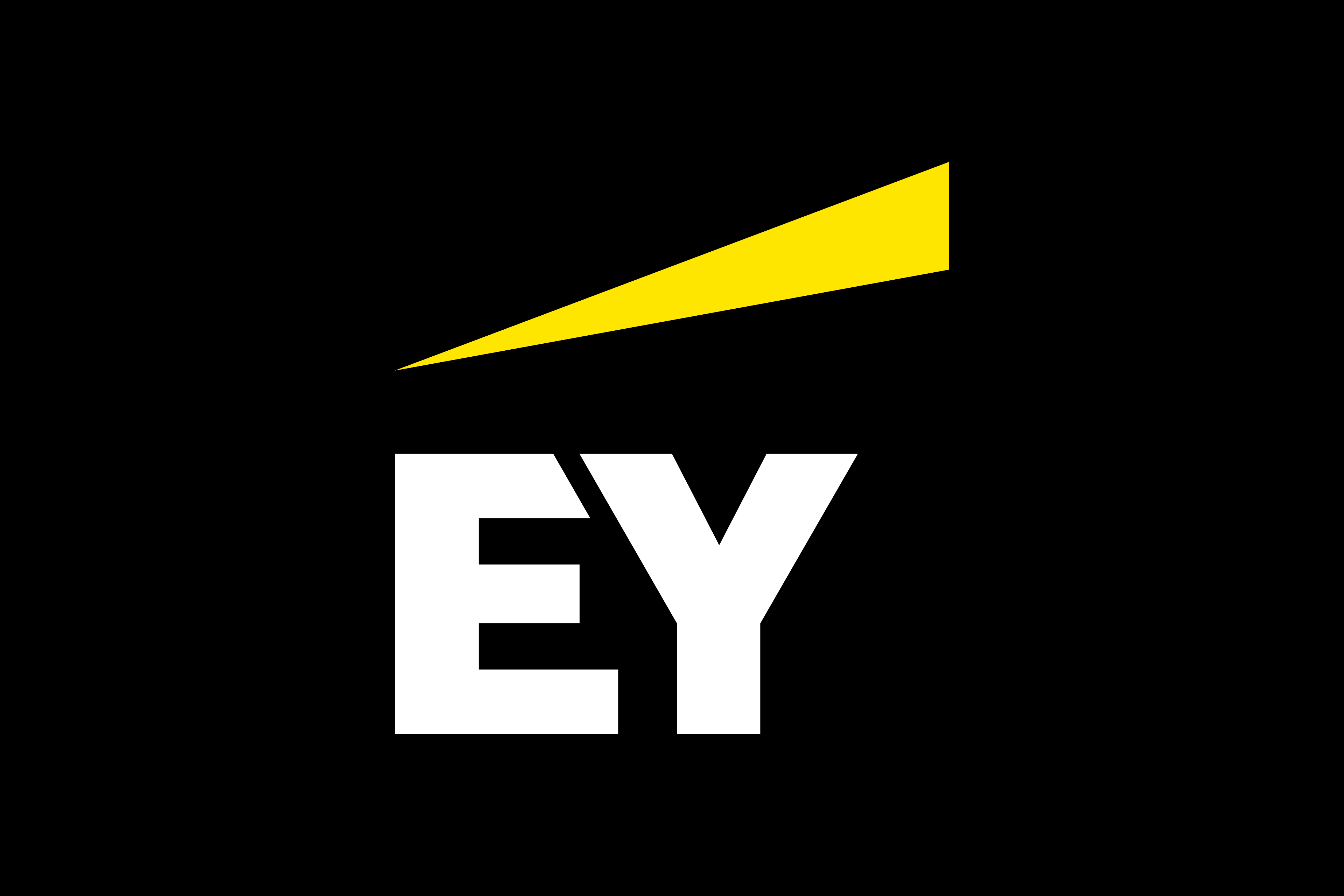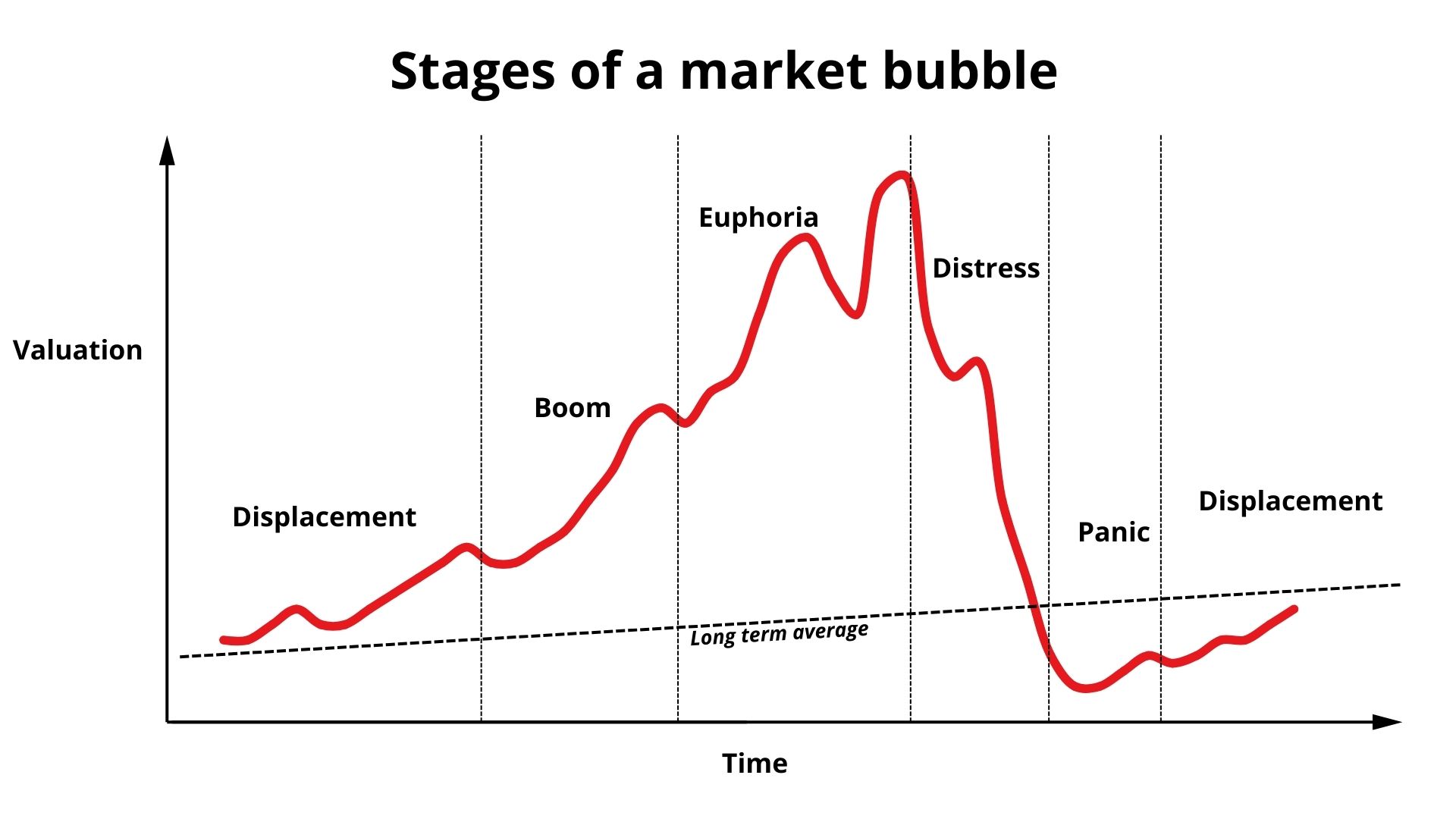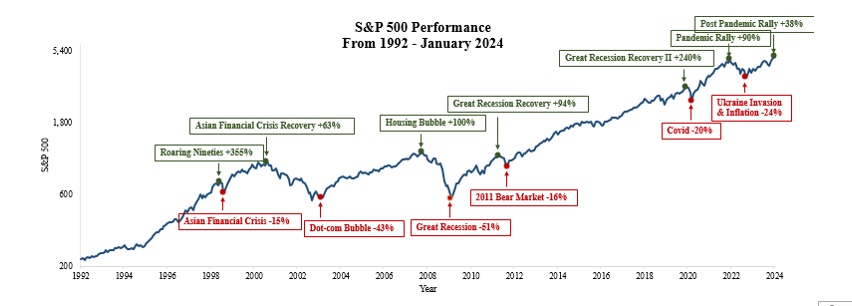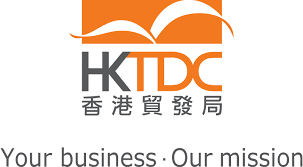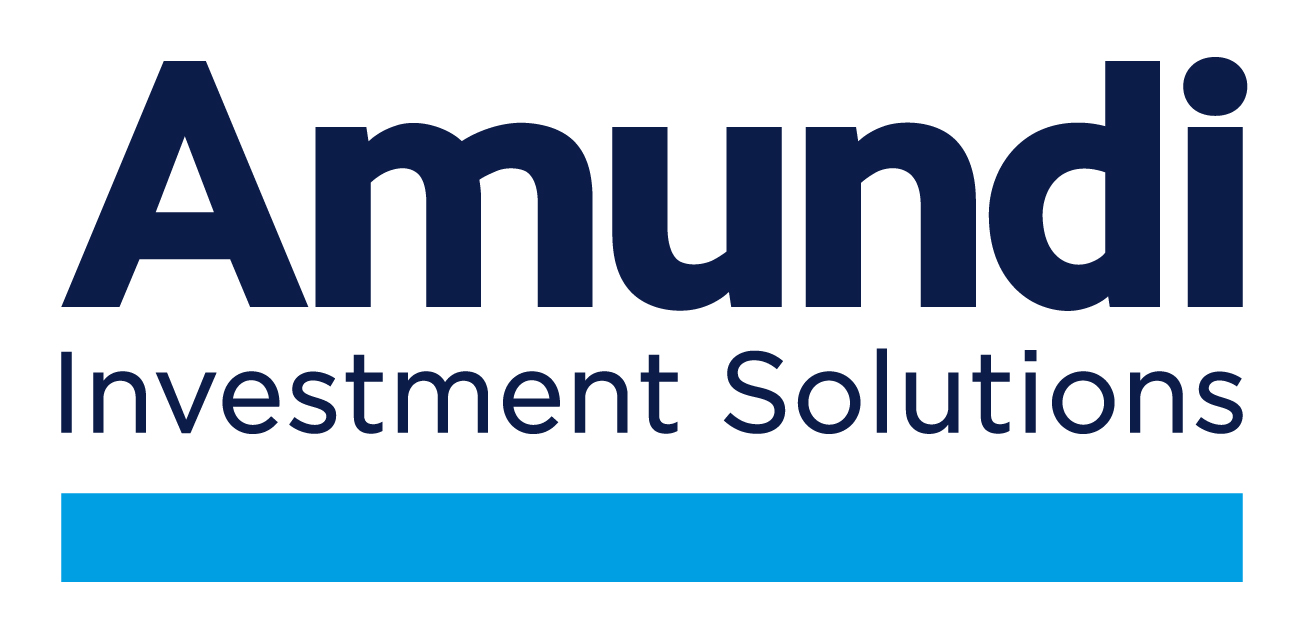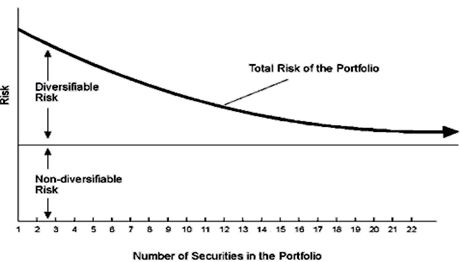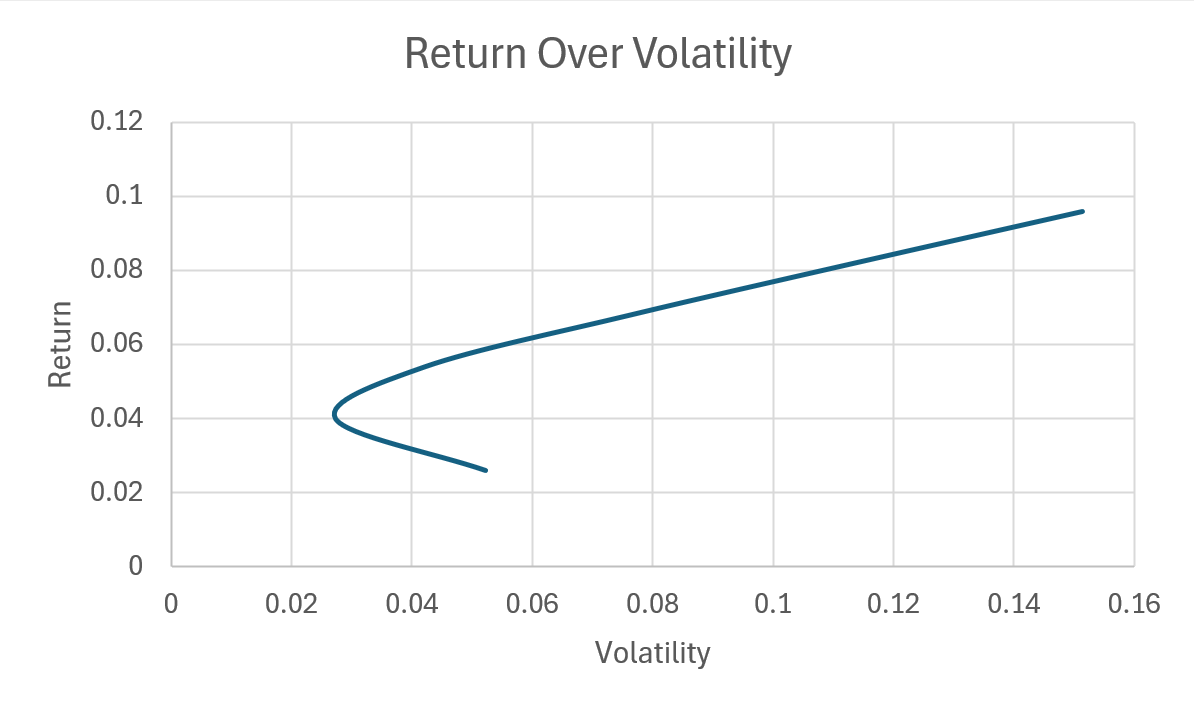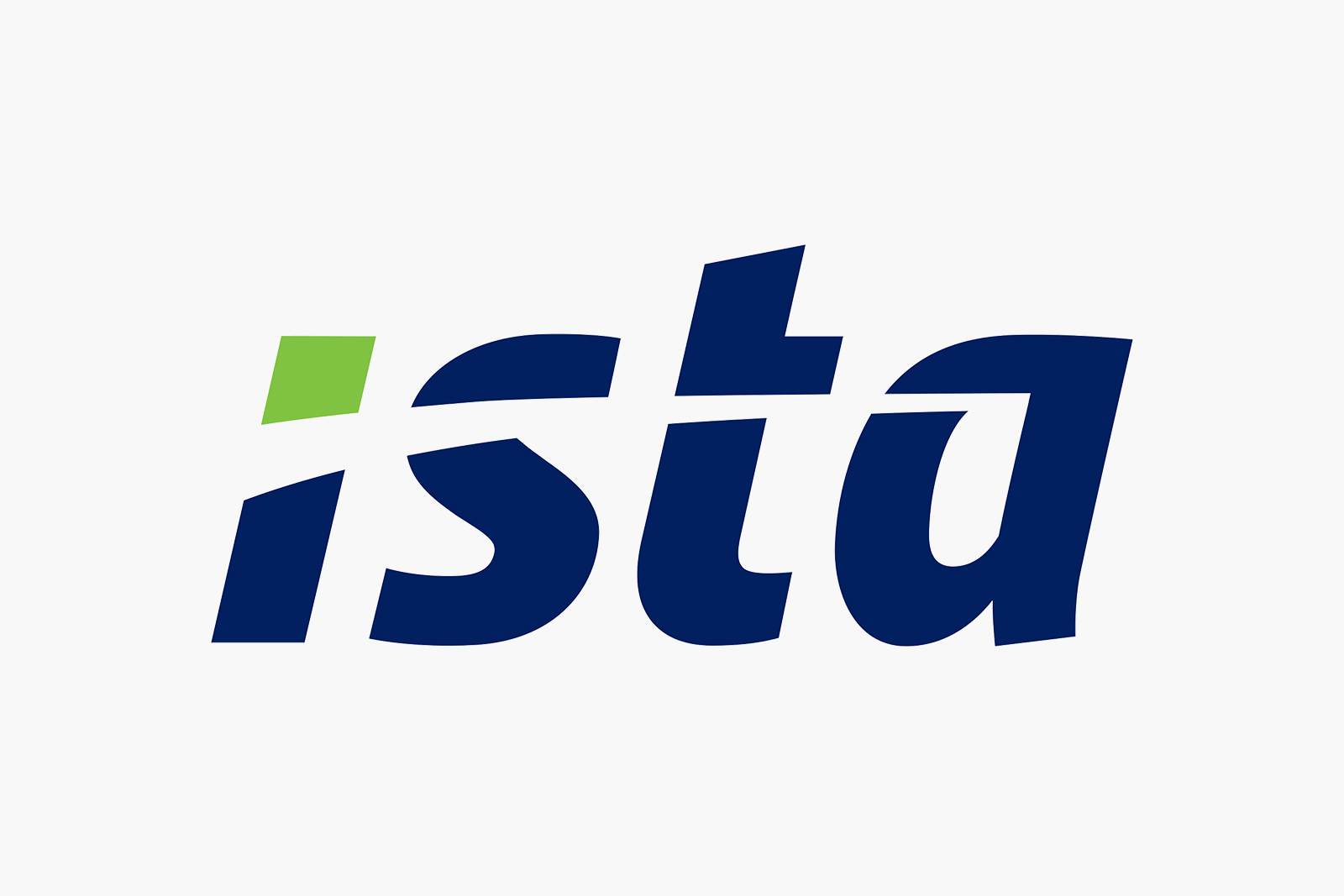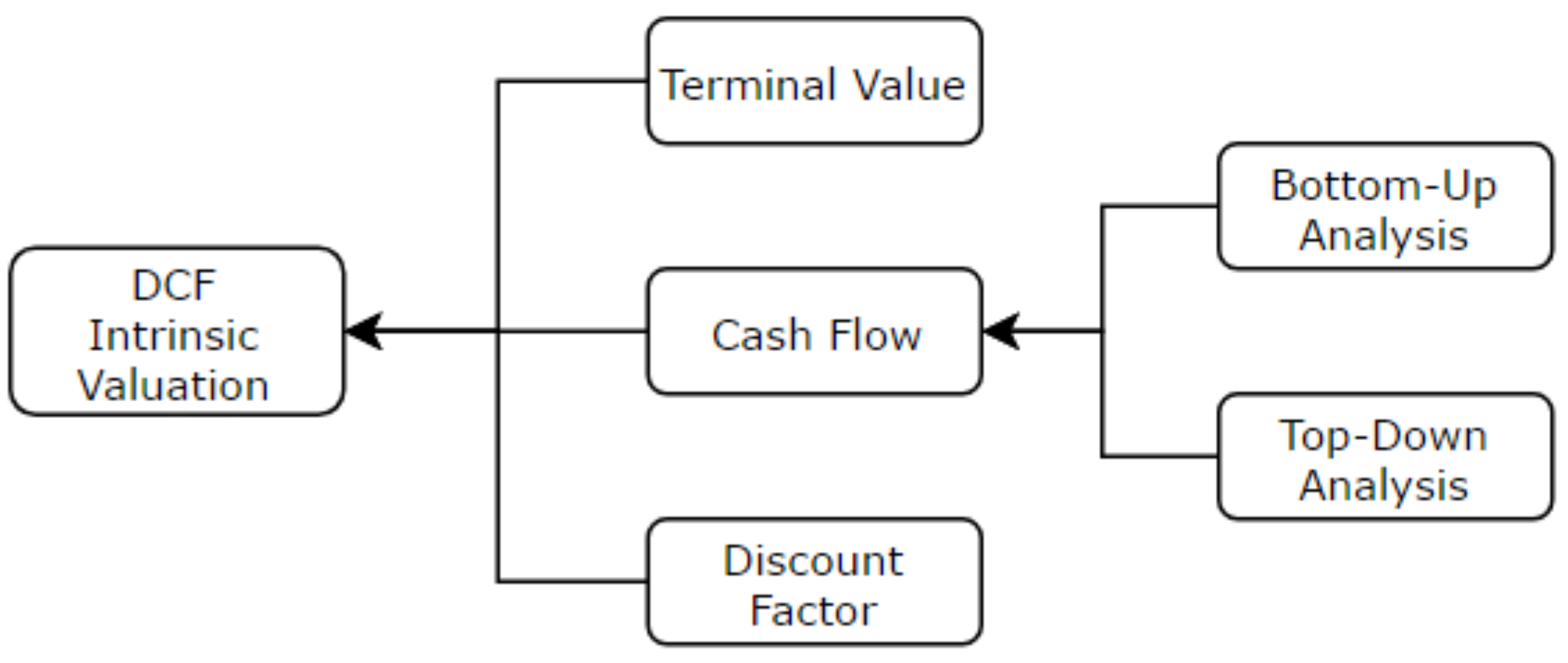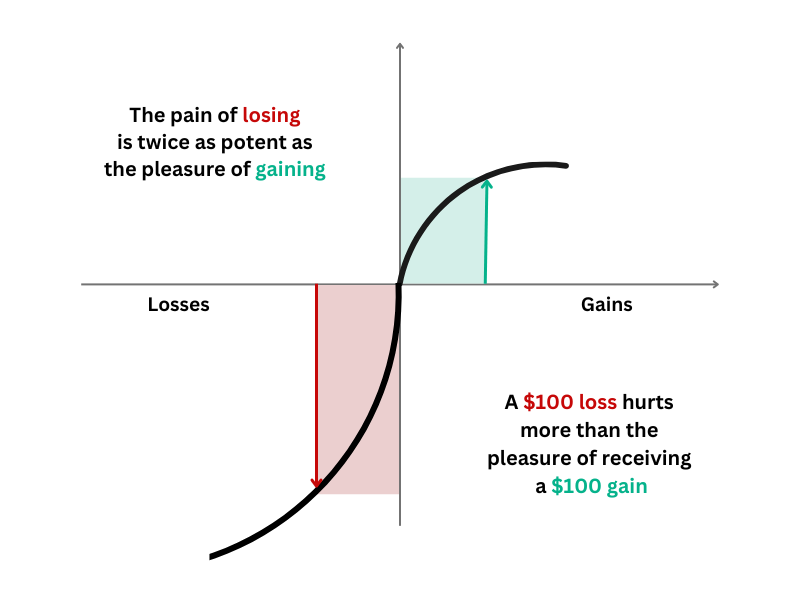
In this article, SHIU Lang Chin (ESSEC Business School, Global Bachelor in Business Administration (GBBA), 2024-2026) shares her professional experience at HSBC in Hong Kong.
About the company
HSBC (The Hongkong and Shanghai Banking Corporation) is one of the world’s largest banking and financial services organisations, serving millions of customers through Retail Banking, Wealth Management, Commercial Banking, Global Banking and Markets, and other specialised businesses.
In Hong Kong, HSBC plays a key role as a leading provider of corporate and investment banking, trade finance, and wealth management products, making it a central player in the regional and global financial system.
Logo of HSBC.
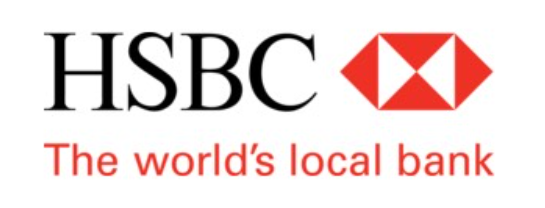
Source: the company.
My internship
During my internship in the Wealth and Personal Banking team in Hong Kong, I assisted with daily operations supporting client relationship managers and investment advisors. My work involved preparing client onboarding documents, updating records in the bank’s management system, and ensuring compliance with Know Your Customer (KYC) and internal policy requirements. I also helped compile client portfolio summaries, draft investment proposals, and conduct market research to support financial planning and investment recommendations.
Beyond these tasks, I gained exposure to a wide range of wealth management products including mutual funds, equity and bonds, structured products, and insurance solutions. I participated in internal meetings to observe how product specialists, compliance officers, and relationship managers collaborate to deliver integrated services for clients. Additionally, I contributed to the preparation of client presentations and market updates, which strengthened my understanding of how macroeconomic trends influence individual investment strategies.
My missions
My missions included supporting relationship managers and product managers with the preparation of client materials, such as simple financial summaries and presentation slides for internal and external meetings. I also assisted with internal reports, helped update client information in our internal systems, and observed calls and meetings to understand client needs and identify follow-up actions.
Required skills and knowledge
This internship required strong analytical skills, attention to detail and a solid foundation in finance and banking concepts, such as understanding financial statements, basic risk metrics and common banking products. At the same time, soft skills such as communication, time management, and professionalism were crucial, as I had to collaborate with different team members, handle confidential information carefully, and deliver work under tight deadlines.
What I learned
Through this experience, I learned how front-office and support teams interact to serve clients and manage risks within a large universal bank. I developed a more concrete understanding of how theoretical concepts from corporate finance and financial markets are applied in real transactions and client discussions, and I improved my ability to structure quantitative information clearly in reports.
Financial concepts related to my internship
Three financial concepts related to my internship: relationship banking, risk-return and capital allocation, and regulation and compliance. These concepts help explain how my daily tasks fit into the broader functioning of the bank.
Relationship banking
Relationship banking refers to building long-term relationships with clients rather than focusing only on individual transactions. In practice, this means understanding clients’ businesses, industries and strategic priorities to provide tailored solutions over time. By helping prepare client materials and following up on information requests, I contributed to the relationship-building process that supports client retention and opportunities.
Risk-return and capital allocation
Banks constantly balance risk and return when they grant loans, underwrite deals or hold assets on their balance sheet, subject to capital and liquidity constraints. Internal analyses, credit information, and financial ratios are used to assess whether the expected return of a client or transaction justifies the associated risk and capital consumption. My exposure to simple financial analysis and internal reporting showed how data and models support these risk-return decisions.
Regulation and compliance
Banking is a highly regulated industry, with strict rules on capital, liquidity, anti-money laundering (AML), know-your-customer (KYC) and conduct. Many processes in the bank, from onboarding to reporting and product approval, are shaped by these regulatory requirements. During my internship, I observed how documentation, data accuracy, and internal controls are integrated into daily workflows to ensure that business growth aligns with regulatory expectations and internal risk appetite.
Why should I be interested in this post?
An internship at HSBC offers exposure to a global banking environment, sophisticated financial products and real client situations. It also provides a strong platform to develop quantitative skills, professional communication and an understanding of how large financial institutions create value while managing complex risks—skills that are highly transferable to careers in banking, consulting, corporate finance and risk management.
Related posts on the SimTrade blog
All posts about Professional experiences
Useful resources
HSBC Internships for students and graduates
HSBC Financial Regulation
About the author
The article was written in December 2025 by SHIU Lang Chin (ESSEC Business School, Global Bachelor in Business Administration (GBBA), 2024-2026).
▶ Read all articles by SHIU Lang Chin.




